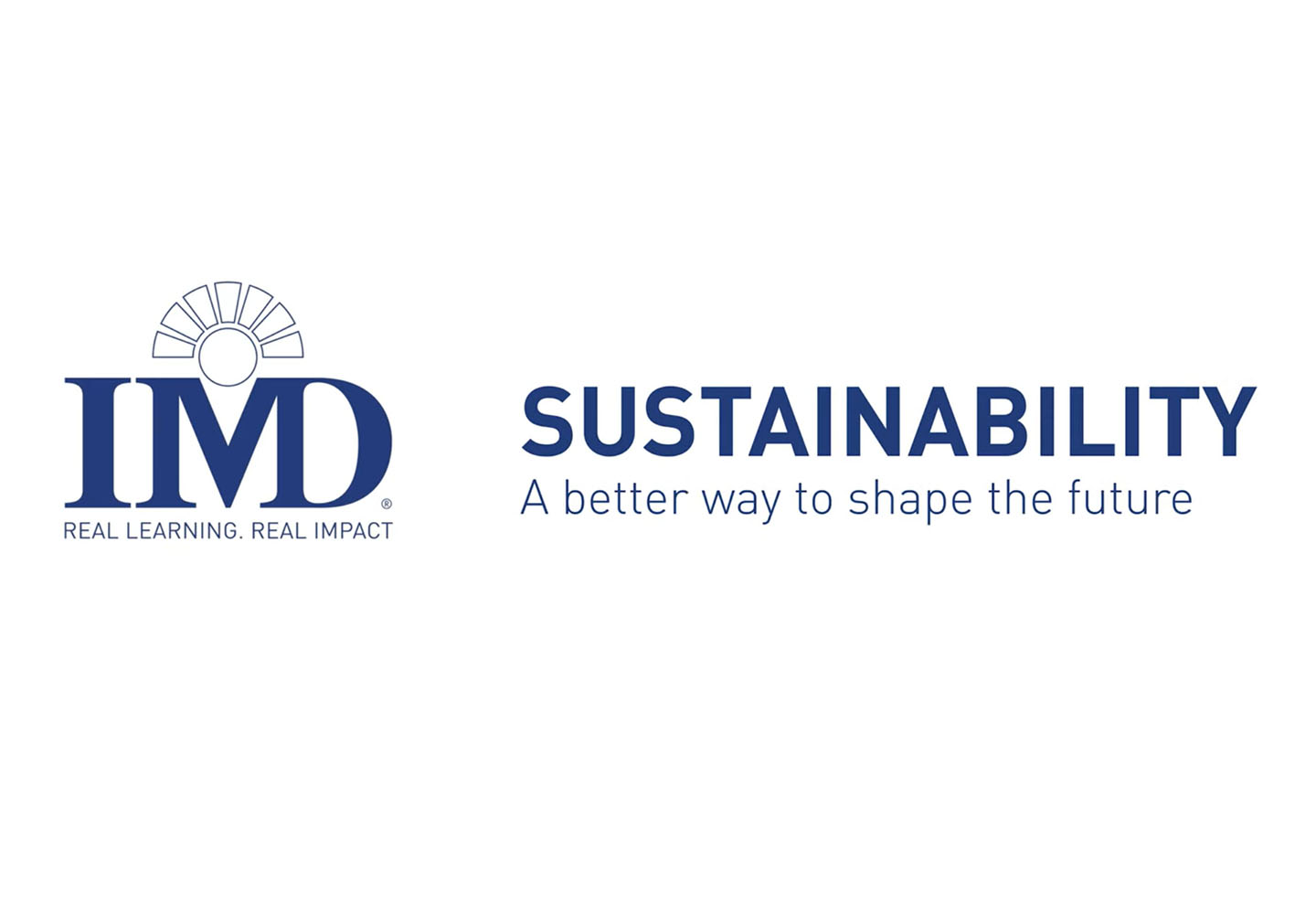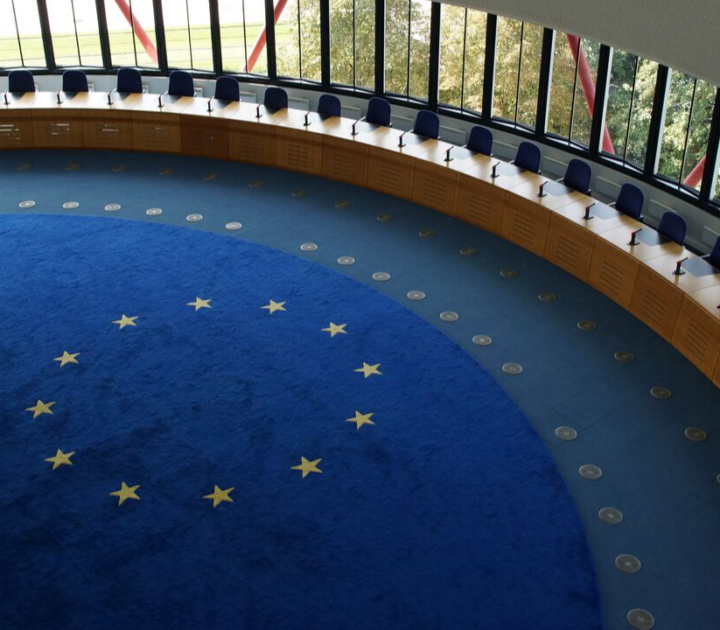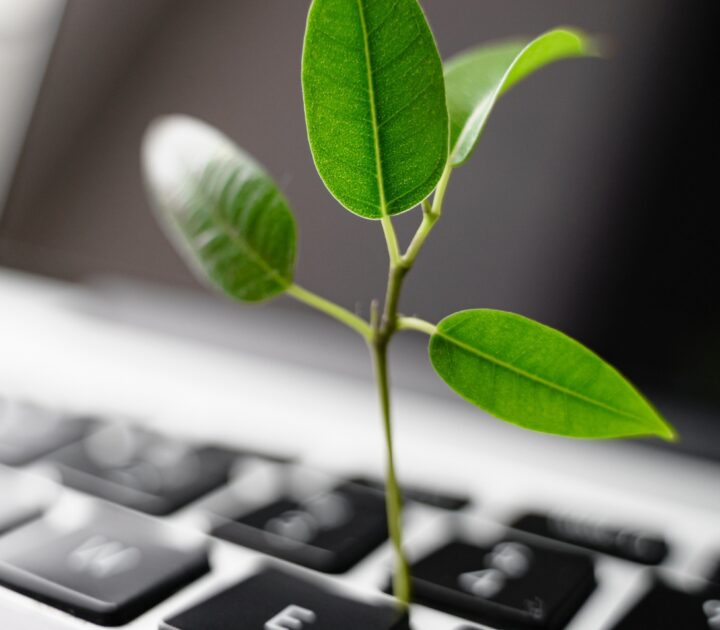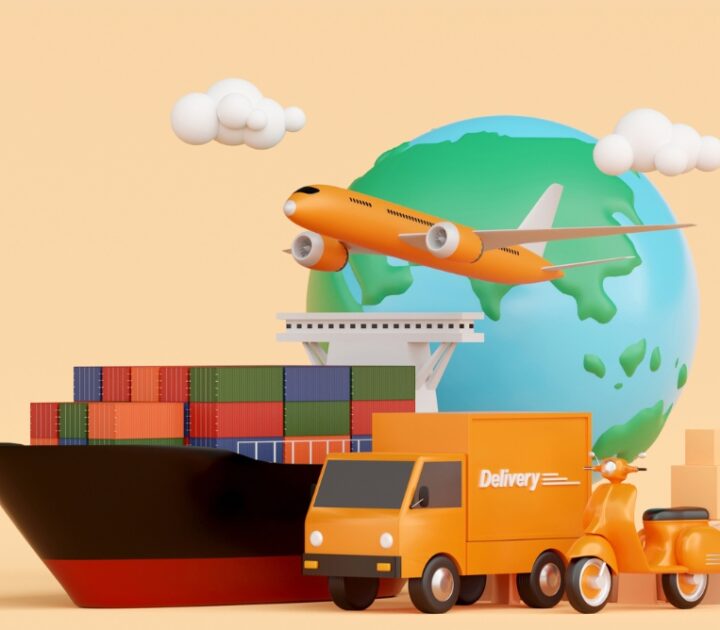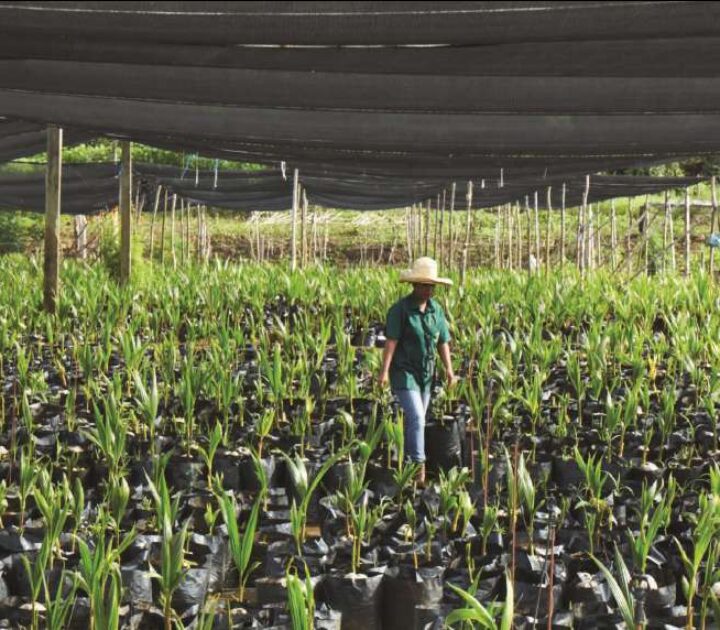
In these four mini case studies, Knut Haanaes, Professor of Strategy and Lundin Sustainability Chair at IMD, paints a picture of how sustainability can shape the future.
Attitude will help solve climate crisis
In this case study Professor Knut Haanaes says we can tackle the environmental emergency — it depends whether you see the glass as half full or half empty.
Glass half full
The discovery in 1985 of a fast-growing hole in the ozone layer led to “perhaps the single most successful international agreement ever”, in the words of Kofi Annan, former UN Secretary-General. The 1987 Montreal Protocol aimed to eliminate chlorofluorcarbons (CFCs) in consumer products that were causing the ozone hole. DuPont, the inventor and leading producer of CFCs, rapidly developed alternatives for refrigeration and air-conditioning. Its scientists, senior executives and communications specialists worked for 10 days “around the clock”.
The ozone layer protects humans against skin cancer; its thinning destroys global food production, disturbs ocean currents and drives climate change. The Montreal treaty has enabled ecological repair. In 2019, the ozone hole was its smallest since discovery. Predictions that it will eventually close were reinforced in a recent study published in Nature, which showed the southern jet stream normalizing.
Glass half empty
In 2020, the UN established the Intergovernmental Panel on Climate Change (IPCC) after NASA scientist James Hansen demonstrated to the US Congress why he was “99 percent sure” of global warming. The IPCC’s scientists predicted terrible consequences of climate change, including severe heatwaves, droughts and increasingly powerful hurricanes caused by rising sea surface temperatures. They forecast polar glaciers melting and sea levels rising by up to 1 meter by 2100.
Human activity has already made the world 1.2°C warmer – very high considering the Paris Agreement goal to keep temperature rises below 1.5-2°C. António Guterres, UN Secretary-General, says the world is “way off track”, citing wildfire activity in Australia, the Amazon, Indonesia, Siberia and Alaska, much of it unprecedented. The 10 warmest years on record have occurred since 2000, with Antarctica reaching more than 18°C in February 2020. Temperatures have increased by almost 3°C on the Antarctic Peninsula over the past 50 years.

Greenwashing — The biggest threat to sustainability
In this case study, Professor Knut Haanaes suggests how to judge whether a company’s environmental claims are credible.
Most large companies trumpet their sustainability ambitions. Consumers and shareholders expect this. In 2020, Larry Fink, chairman and CEO of asset manager BlackRock, wrote: “We will be increasingly disposed to vote against management and board directors when companies are not making sufficient progress on sustainability-related disclosures and the business practices and plans underlying them.”
Amid the big talk, who can we trust? Many companies invest more in their “green” image than in reducing their environmental footprint. Others have tangible plans. The enemy of sustainability progress is greenwashing — VW claimed for years that its cars used “clean diesel”. If some firms get away with “all talk, no walk”, incentives to improve are diminished. How do we identify greenwashing?
One answer could be “credible signals”, which provide precise and trustworthy information. They can help understand and predict behavior. Nobel prize-winner Michael Spence published the first paper on market signaling in 1973, in which he argued that even if education does not contribute anything to an employee’s performance, it could still be rational to get an education as a credible signal of competence and motivation to future employers.
A sustainability strategy is only valuable to the extent that it has a positive external impact, which requires sacrifice and effort, and if the statements made are real. If we cannot trust a company’s sustainability announcements, how can we assess its competitive position and whether it improves over time?
Are the following recent announcements credible?
“By 2030 Microsoft will be carbon negative, and by 2050 Microsoft will remove from the environment all the carbon the company has emitted … since it was founded in 1975.”
“Nestlé today announced its ambition to make 100% of its packaging recyclable or re-usable by 2025.”
“Our mission is to make all LEGO bricks sustainably by 2030.”

Capitalism must rediscover its purpose
In this case study, Professor Knut Haanaes says the future is about corporate responsibility and profit, doing just one is no longer enough.
In a 1970 New York Times article, the economist, Milton Friedman, wrote: “The only social responsibility of business is to increase its profits.” He described alternative perspectives as “undermining the basis of a free society.” Corporate profits should only be used for charitable purposes by shareholders after being returned as dividends.
Only people have responsibilities, he said. By delegating the task of creating public goods to corporate managers, Friedman explained, shareholders allowed themselves to become something like useful fools in the hidden battle to “derail the capitalist system.”
Now, over 90% of major businesses see the importance of sustainability and most have specific programs. Businesses, which pursue multiple goals of social and environmental good as well as financial profits, are becoming more common.
The era of purposeful capitalism was inaugurated by memos sent to chief executives in 2018, 2019 and 2020 by Larry Fink, boss of asset manager BlackRock. He wrote that given government failure to prepare for the future, people are looking to companies to deliver a positive contribution to society. “Without a social purpose companies fail to make the investments in employees, innovation and assets for long-term growth,” he wrote.
Current wisdom sees responsible stewardship as key to corporate performance. Customer, partners and talent, especially younger people, want to work for companies that care about our social and environmental matters. Even most investors and shareholders now recognize that building green brands and addressing sustainability are critical contributors to maximizing shareholder value.
Prof Klaus Schwab, founder and executive chairman of the World Economic Forum, says that, companies today face an existential choice. Either they embrace stakeholder capitalism and pursue social and environmental goals. Or they collectively put the role of corporations at risk. In a Financial Times opinion piece, he argued that the COVID-19 crisis was a “litmus test” of shareholder capitalism.

From crisis to sustainability champion
In this case study, Professor Knut Haanaes suggest what organizations should do to avoid hugely expensive and damaging sustainability scandals.
Sustainability scandals and ecological disasters can be extremely expensive and cause enormous reputational damage. The 2010 oil spill in the Gulf of Mexico cost BP $187 billion, VW faced a $2.8 billion criminal fine for “Dieselgate” in 2017, and in 2020 Brazilian mining company Samarco agreed to pay $1.8 billion for a lethal dam failure.
Reputational damage can be even harder to recover from, given today’s higher awareness, resulting from increased transparency and social media scrutiny, which influence the media, investors, customers and employees.
Yet, companies do not usually prepare for a crisis, and even those that do are usually surprised when it happens. Instead of reacting with denial and recrimination, they need to respond fast and to credibly guarantee that it will not occur again. They must transform to a new “normal”, changing their sustainability strategy, culture and way of working.
Most disasters are the inevitable consequence of poor strategies, unsuitable structures and unpreparedness — what Yale professor Charles Perrow calls “normal accidents.” Having studied a string of major disasters, Perrow found that they are not the outcome of people not doing their job.
Nor are they usually the result of technological failures. Most are caused by organizational and strategic neglect, as seen in the Deepwater Horizon oil-rig blowout in the Gulf of Mexico and the Fukushima nuclear disaster. Designing good sustainability strategies starts with the right set of priorities and understanding the real and hidden risks.
Complex systems, where there is a high probability of major knock-on effects, create greater risk. This particularly affects sustainability, because the biggest risks companies face today are social and ecological. Potentially big consequences require robust action — today’s strategies lead to tomorrow’s outcomes.

